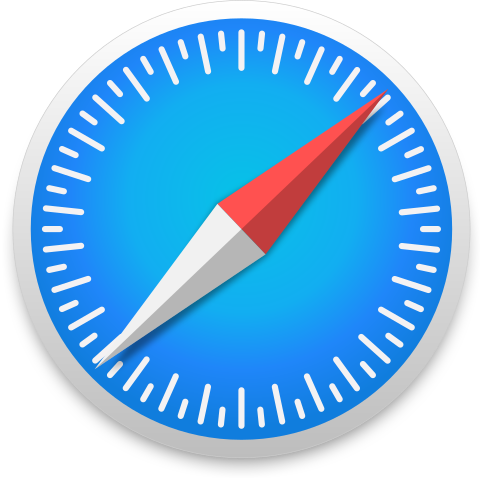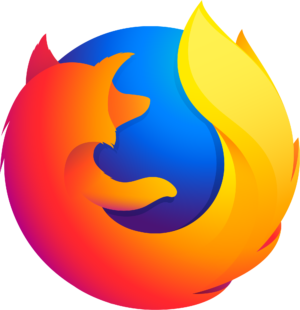使用Player FM应用程序离线!
Studying Stars with Dr. Isabel Colman
Manage episode 363242584 series 3449035
How do we study the spinning of stars? What is astroseismology? And what does data science have in common with “the music of the spheres?” To find out, Dr. Charles Liu and co-host Allen Liu welcome astrophysicist Dr. Isabel Colman, PhD, a postdoctoral fellow from the American Museum of Natural History, who studies stellar rotation through a data science perspective.
As always, though, we start off with the day’s joyfully cool cosmic thing, C/2022 E3 ZTF, aka the “Green Comet.” After Chuck regales us with the childhood classic, “Comet, it makes your mouth turn green...” Isabel explains why the presence of carbon causes the comet’s green appearance.
Moving on, our first student question comes from Thomas, who asks, “What would happen if our Sun collided with another star?” Isabel explains that the common envelope phase of stellar collisions is one of the least understood aspects of astronomy but explains how angular momentum transfer would come into play.
Chuck asks Isabel about what happens when stars spin and what’s going on with star spots. She explains how we observe stellar rotation by studying color (temperature) variations and what role magnetic activity plays in the process.
You’ll learn how she uses TESS, which was designed to discover exoplanets, for stellar astrophysics, and learn why they say, “You can’t study planets without studying stars first.” You’ll also hear about the relatively recent field of astroseismology, and why you need lots of data and time to discover repeating patterns of oscillations.
Next, we discover that Isabel is an accomplished singer, and that in high school she was both the Choir Captain and the President of the Astronomy Club. Plus, we learn about Isabel’s latest hobby, photographing and developing her own back and white images. She shares one of her recent photos of the Cloisters in upper Manhattan with Allen and Chuck. (Sorry, podcast listeners!) Circling back to astrophysics, Isabel discusses how she uses the process of image subtraction to study variable stars.
Our second question comes from Cameron, one of our Patrons on Patreon, who asks about whether the lack of oxygen in exoplanet atmospheres, which would prohibit the development of fire, would also prevent intelligent life from forming? The myth of Prometheus aside, Isabel points out that there is intelligent life in the oceans of Earth (including non-mammalian life like octopi) where there is no fire, after which she, Chuck, and Allen delve into theorizing about what kind extraterrestrial life could exist.
Finally, Isabel talks about the role of building algorithms and coding in her studies, how much she enjoys it, and why she sees it as a creative process rather than a boring, analytical one. In fact, she says that the more she learns, the more blurred the lines between technical skill and creative skill become.
If you’d like to know more about Dr. Isabel Colman and her studies and recent publications, you can visit her website at www.ilc.fyi.
We hope you enjoy this episode of The LIUniverse, and, if you do, please support us on Patreon.
Credits for Images Used in this Episode:
– Transiting Exoplanet Survey Satellite (TESS) – Orbital ATK / NASA, Public Domain
– C/2022 E3 ZTF – the “Green Comet” – Alessandro Bianconi/INAF, CC BY-SA 2.0
– A large sunspot from 2014 – NASA Goddard Space Flight Center, Public Domain
– An exoplanet light curve from JWST – NASA, Public Domain
– Kepler space telescopes: NASA/Troy Cryder , Public Domain
– CoRoT space telescopes: Blue straggler, CC BY-SA 3.0
– The Carina Nebula imaged by JWST – NASA/ESA/STScI, Public Domain
– Gaia and its map of the galaxy (Artist’s impression) – European Space Agency, CC BY-SA 3.0 IGO
39集单集
Manage episode 363242584 series 3449035
How do we study the spinning of stars? What is astroseismology? And what does data science have in common with “the music of the spheres?” To find out, Dr. Charles Liu and co-host Allen Liu welcome astrophysicist Dr. Isabel Colman, PhD, a postdoctoral fellow from the American Museum of Natural History, who studies stellar rotation through a data science perspective.
As always, though, we start off with the day’s joyfully cool cosmic thing, C/2022 E3 ZTF, aka the “Green Comet.” After Chuck regales us with the childhood classic, “Comet, it makes your mouth turn green...” Isabel explains why the presence of carbon causes the comet’s green appearance.
Moving on, our first student question comes from Thomas, who asks, “What would happen if our Sun collided with another star?” Isabel explains that the common envelope phase of stellar collisions is one of the least understood aspects of astronomy but explains how angular momentum transfer would come into play.
Chuck asks Isabel about what happens when stars spin and what’s going on with star spots. She explains how we observe stellar rotation by studying color (temperature) variations and what role magnetic activity plays in the process.
You’ll learn how she uses TESS, which was designed to discover exoplanets, for stellar astrophysics, and learn why they say, “You can’t study planets without studying stars first.” You’ll also hear about the relatively recent field of astroseismology, and why you need lots of data and time to discover repeating patterns of oscillations.
Next, we discover that Isabel is an accomplished singer, and that in high school she was both the Choir Captain and the President of the Astronomy Club. Plus, we learn about Isabel’s latest hobby, photographing and developing her own back and white images. She shares one of her recent photos of the Cloisters in upper Manhattan with Allen and Chuck. (Sorry, podcast listeners!) Circling back to astrophysics, Isabel discusses how she uses the process of image subtraction to study variable stars.
Our second question comes from Cameron, one of our Patrons on Patreon, who asks about whether the lack of oxygen in exoplanet atmospheres, which would prohibit the development of fire, would also prevent intelligent life from forming? The myth of Prometheus aside, Isabel points out that there is intelligent life in the oceans of Earth (including non-mammalian life like octopi) where there is no fire, after which she, Chuck, and Allen delve into theorizing about what kind extraterrestrial life could exist.
Finally, Isabel talks about the role of building algorithms and coding in her studies, how much she enjoys it, and why she sees it as a creative process rather than a boring, analytical one. In fact, she says that the more she learns, the more blurred the lines between technical skill and creative skill become.
If you’d like to know more about Dr. Isabel Colman and her studies and recent publications, you can visit her website at www.ilc.fyi.
We hope you enjoy this episode of The LIUniverse, and, if you do, please support us on Patreon.
Credits for Images Used in this Episode:
– Transiting Exoplanet Survey Satellite (TESS) – Orbital ATK / NASA, Public Domain
– C/2022 E3 ZTF – the “Green Comet” – Alessandro Bianconi/INAF, CC BY-SA 2.0
– A large sunspot from 2014 – NASA Goddard Space Flight Center, Public Domain
– An exoplanet light curve from JWST – NASA, Public Domain
– Kepler space telescopes: NASA/Troy Cryder , Public Domain
– CoRoT space telescopes: Blue straggler, CC BY-SA 3.0
– The Carina Nebula imaged by JWST – NASA/ESA/STScI, Public Domain
– Gaia and its map of the galaxy (Artist’s impression) – European Space Agency, CC BY-SA 3.0 IGO
39集单集
所有剧集
×欢迎使用Player FM
Player FM正在网上搜索高质量的播客,以便您现在享受。它是最好的播客应用程序,适用于安卓、iPhone和网络。注册以跨设备同步订阅。




